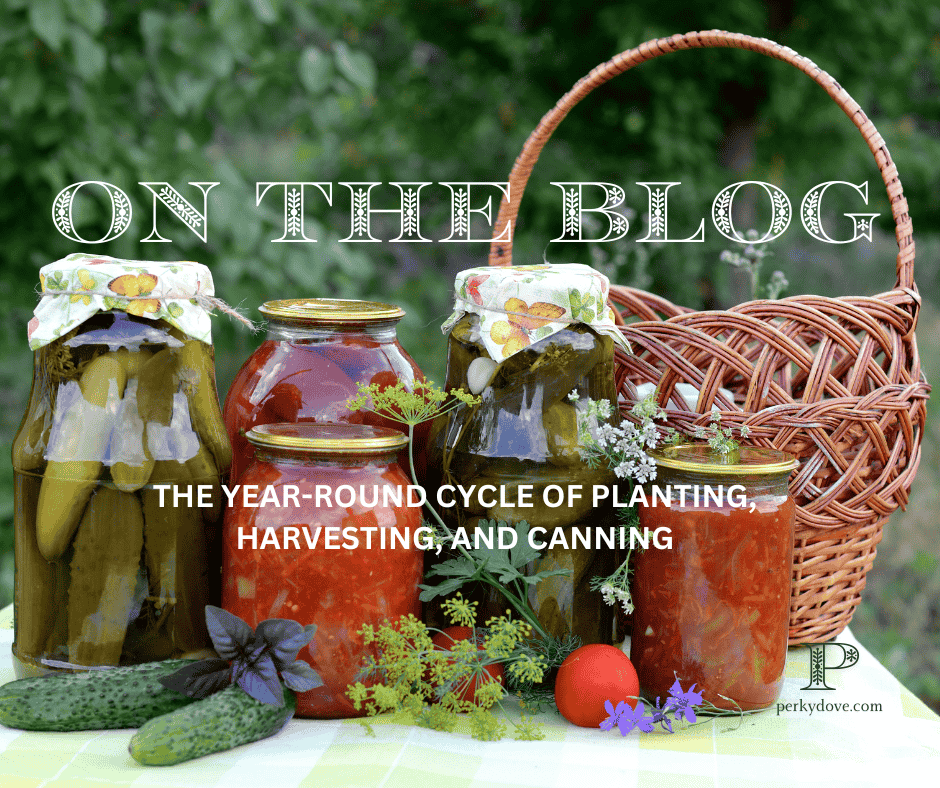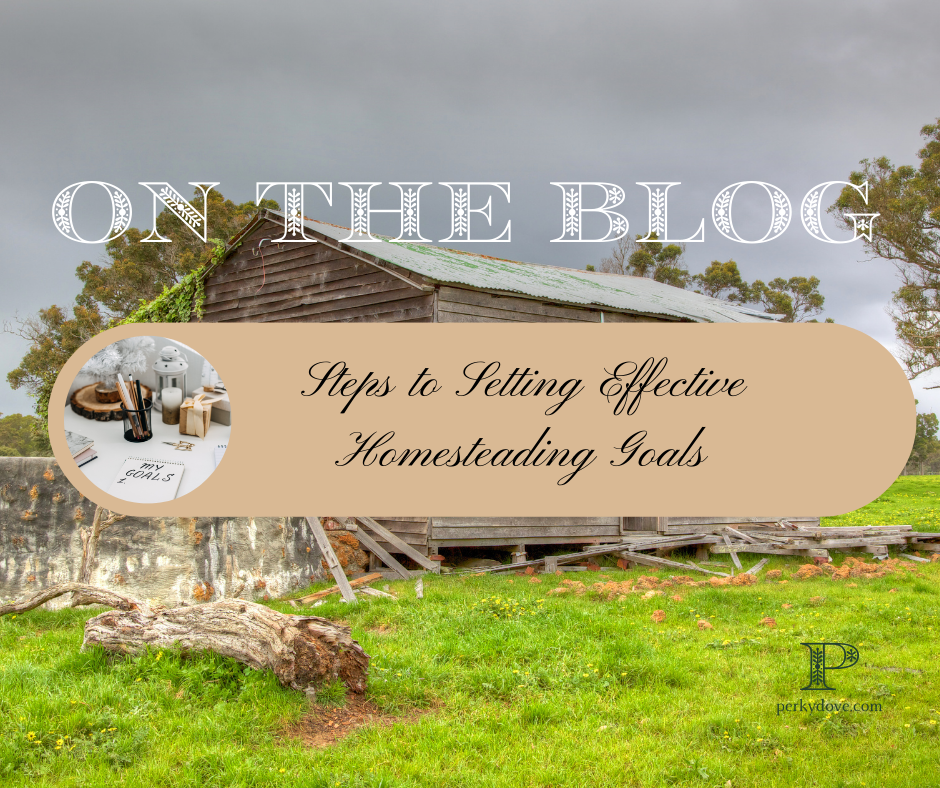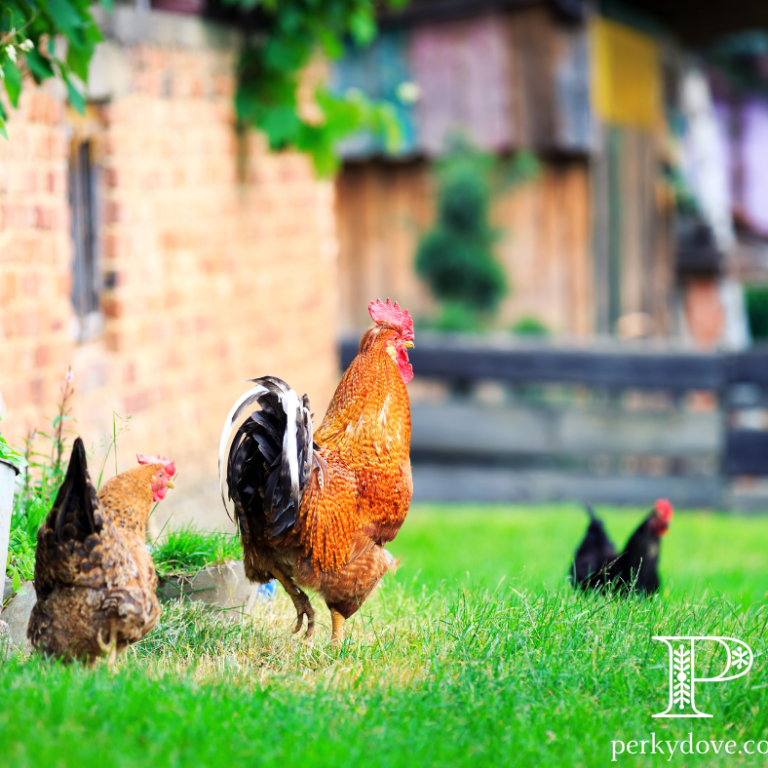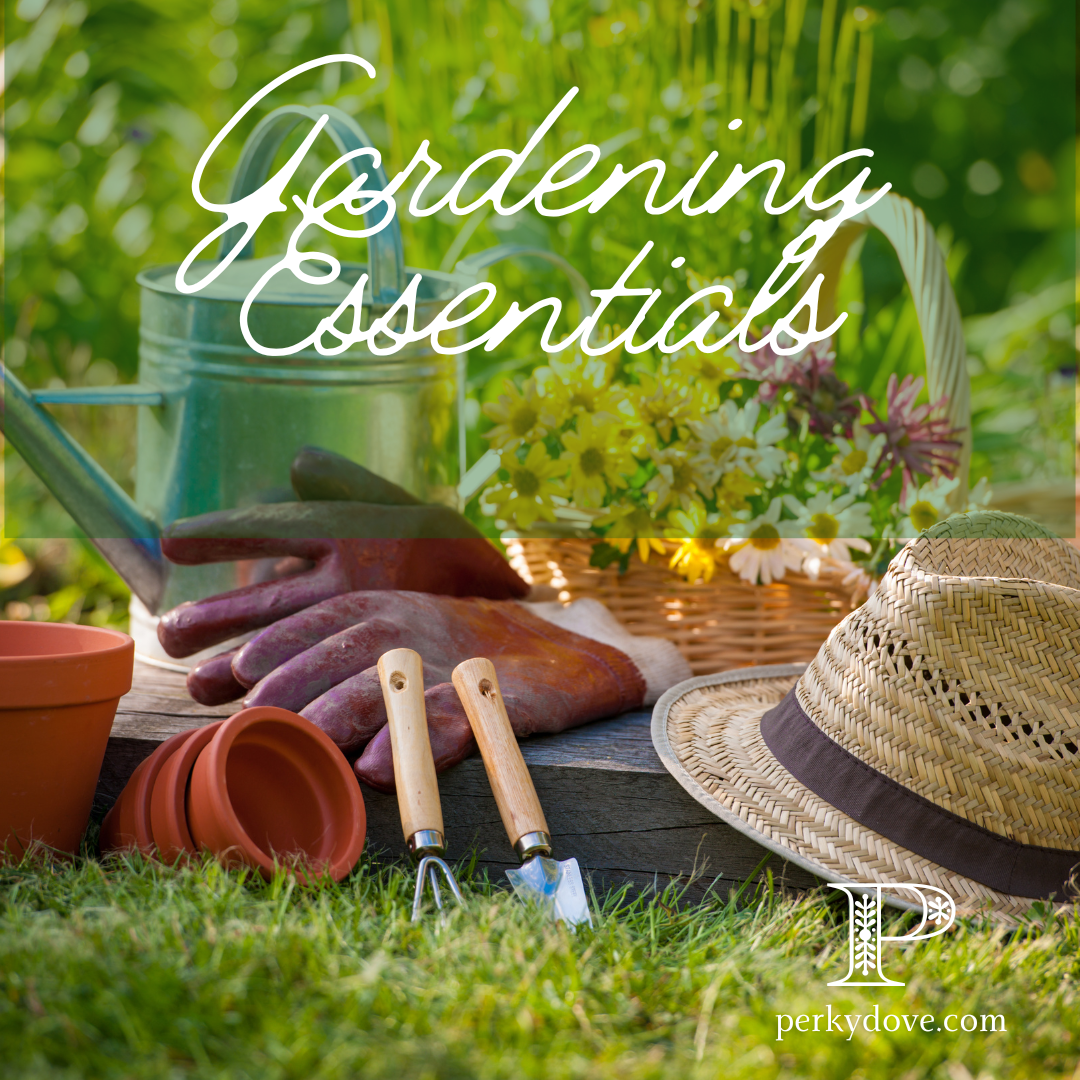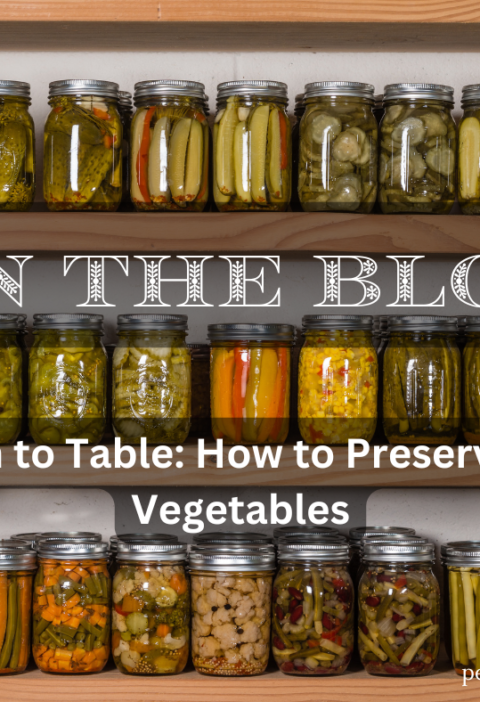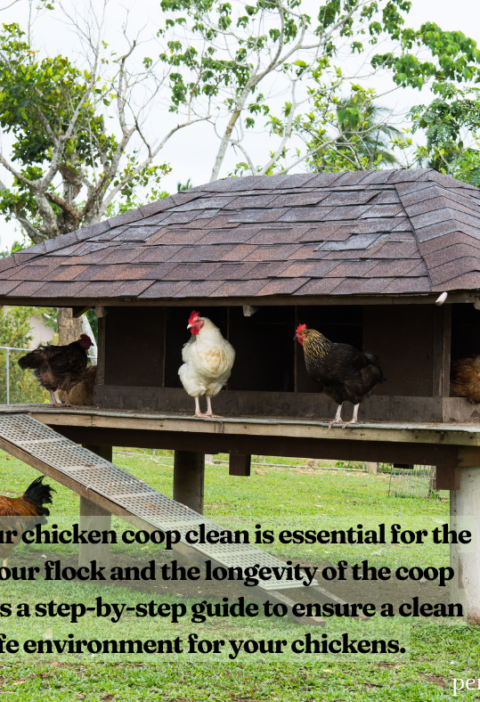We use affiliate links. If you purchase something using one of these links, we may receive compensation or commission.
As we approach a new year, there’s something exciting about the blank slate ahead—a fresh opportunity to plan, grow, and nurture a more self-sufficient lifestyle. For homesteaders, setting intentional goals can be the difference between simply maintaining and truly thriving. Whether you’re a seasoned homesteader or just getting started, setting homesteading goals for 2025 can make your year productive, rewarding, and, most importantly, aligned with your vision of self-sufficiency.
Why Set Homesteading Goals?
Goal-setting is about creating a roadmap for the year. It helps you stay focused, maximize your resources, and steadily build the homesteading life you desire. With a clear set of goals, you can prioritize tasks based on the seasons, tackle bigger projects with confidence, and enjoy the satisfaction of seeing your hard work come to fruition.
Steps to Setting Effective Homesteading Goals
1. Reflect on Last Year’s Successes and Challenges
- Take a moment to look back on 2024. What worked well? What challenges did you face? Whether it was growing a successful garden or facing setbacks like pest issues, this reflection will guide you in setting realistic, achievable goals.
- Tip: Write down three things you want to replicate and three things you’d like to improve. This will be the foundation of your goals.
2. Categorize Your Goals by Season
- Homesteading is naturally seasonal, so organizing your goals by season helps ensure that you’re focusing on the right tasks at the right times.
- Example:
- Spring: Plan your garden layout, start seedlings, and prepare soil.
- Summer: Focus on harvesting, preserving, and managing pest control.
- Fall: Begin canning, drying, and storing the harvest, and prepare for winter.
- Winter: Plan projects, repair tools, and research new skills for the upcoming year.
3. Break Down Big Goals into Smaller Tasks
- For larger goals, such as starting a chicken coop or expanding your vegetable garden, breaking them down into actionable tasks helps make the goal more manageable.
- Example: If you’re building a chicken coop, break it down into design planning, sourcing materials, construction, and adding chickens.
4. Set a Monthly Check-In
Dedicate one day each month to review your progress. This allows you to adjust as needed based on changing circumstances, like weather conditions or unexpected challenges. It’s also a good way to celebrate your small wins along the way.
How to Raise a Happy Backyard Flock (Raising Chickens Guide)
5. Make It Visual and Trackable
- Create a visual board or planner specifically for your homesteading goals. Keeping it somewhere you’ll see daily can be a powerful motivator.
- You can track things like the types of seeds you plant, the yield from each harvest, and notes about soil or plant health. Not only does this help in the short term, but it also becomes a valuable resource for future years.
6. Focus on Learning One New Skill Each Season
- Every year, aim to add a new skill to your homesteading toolkit, such as composting, soap-making, or beekeeping. Over time, these skills will deepen your self-sufficiency and allow you to take on new projects with confidence.
- Tip: Write down a list of potential skills and decide which one you’ll focus on each season based on your interests and resources.
Setting Realistic Goals for Your Resources and Lifestyle
Not all homesteaders have the same amount of land, time, or energy, so tailor your goals to what’s realistic for you. Remember, homesteading is a journey, and each step forward is progress. The goal is to enjoy the process, learn as you go, and gradually build toward a life that aligns with your vision of sustainability and self-sufficiency.
Final Thoughts
Setting homesteading goals is about more than just planning—it’s about dreaming big, making steady progress, and celebrating each small victory. Whether you’re expanding your garden, growing your food supply, or adding new skills, every step brings you closer to a more self-reliant, fulfilling lifestyle. Here’s to a productive and joyful 2025!
